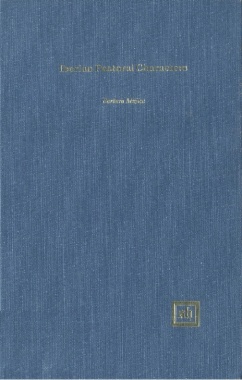

An in-depth study of the Spanish pastoral romance from its Italian and Portuguese precedents through its demise in the early sixteenth century. Dr. Mujica examines the process of maturation in the art of character development that contributes to the transformation of the genre from simple romance to a form that more closely resembles the modern novel. Dr. Mujica demonstrates that Spanish pastoral characters evolve from the allegorical to the concrete, from the decorative to the substantive, as the role of free will increases in the genre. "[This book] constitutes a successful revaluation of the pastoral that leads to its greater appreciation." -Anthony J. Cárdenas, Hispania. "Mujica aporta un filón de estudios que conviene tener en cuenta para conocer mejor la compleja literatura española de los Siglos de Oro y romper clichés seculares." -Francisco López Estrada, Ínsula. "Mujica's analyses are interesting and useful." -John A. Jones, Bulletin of Hispanic Studies. "Mujica mantiene su análisis en un equilibrio laudable." -Pilar Fernández-Cañadas Greenwood, Cuadernos de ALDEEU.